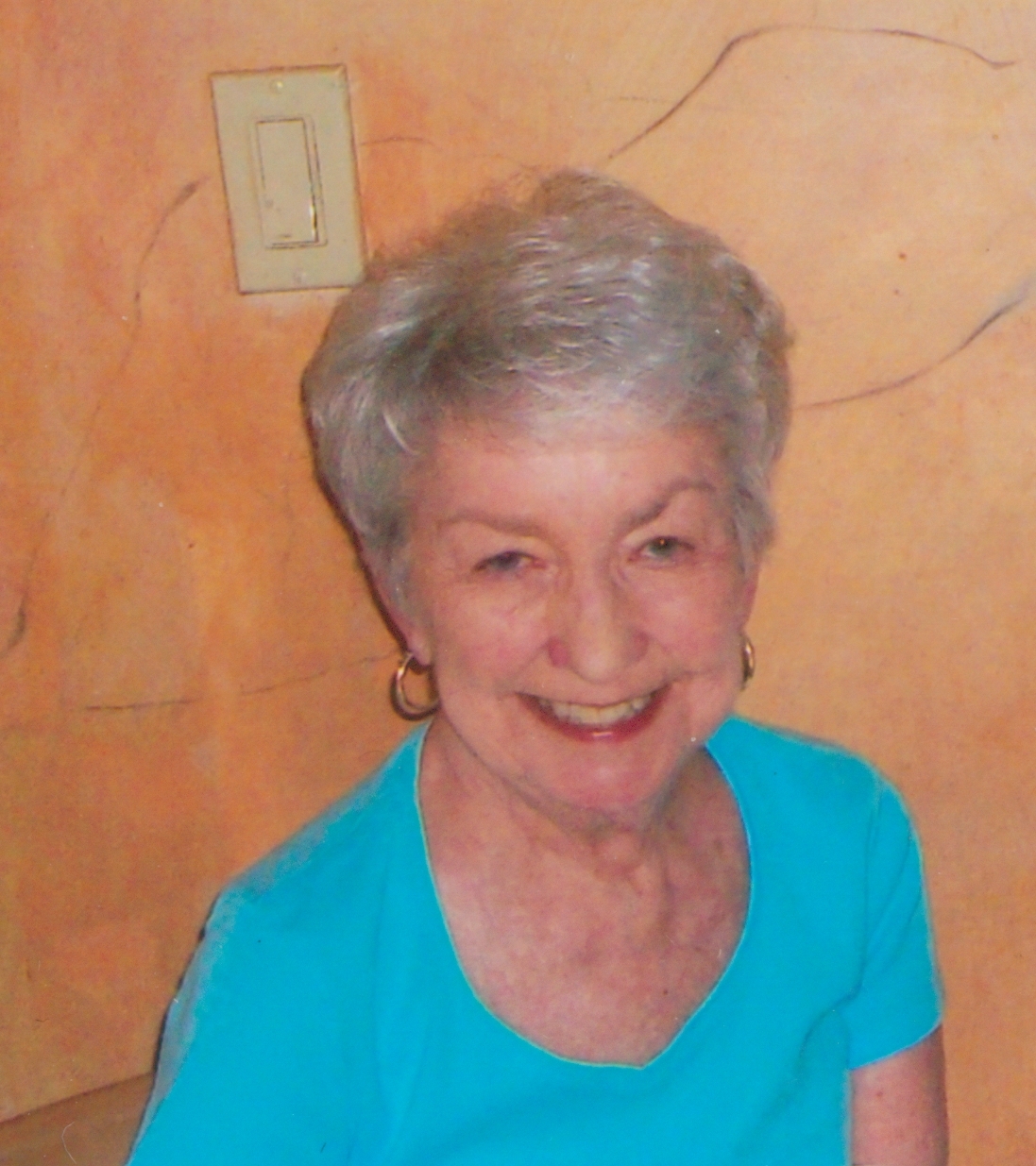You are here
 When I went to work in the mental health field 50 years ago, my first job was at Fulton State Hospital in Fulton, Missouri. On my way to work every day, I passed a dairy barn that was a part of the hospital’s self-sufficient community. Except in 1962, patients were no longer being given work in the barn. It had been decided that working patients without pay was an abuse of their human rights. What I saw each day was a group of very depressed men, standing around with nothing to do. The purpose of meaningful, productive days had been taken away from them.
When I went to work in the mental health field 50 years ago, my first job was at Fulton State Hospital in Fulton, Missouri. On my way to work every day, I passed a dairy barn that was a part of the hospital’s self-sufficient community. Except in 1962, patients were no longer being given work in the barn. It had been decided that working patients without pay was an abuse of their human rights. What I saw each day was a group of very depressed men, standing around with nothing to do. The purpose of meaningful, productive days had been taken away from them.
This story is not unique to Fulton, Missouri. All over the country, state institutions built in the late 19th century (known then as asylums) developed self-sufficient communities that included dairy barns, abundant farmland, greenhouses, and sewing factories. And, rather than focusing on behavior management and restraint, the treatment approach was moral management, which included relating to patients with respect and identifying productive ways to occupy their time. Work programs and recreational activities were devised, significantly bridging the gap between society and the hospital.
What if we looked at opportunity instead of abuse? What if we had paid patients in the 60’s for their work instead of spending more money on consumer goods from local markets? What if we had initiated our Supported Employment programs right then? As deinstitutionalization began in the same time period, we missed an opportunity to place people in jobs in the community that they already knew how to do! Rather than make them more depressed and eventually discharge them to nursing homes with still nothing to do, we could have mounted a campaign to find employment in the community and transfer state hospital employees with them to help teach patients skills that would ensure a successful community adjustment!
The Fairweather Lodge model that was developed in 1963 moved patients into community settings where they lived and worked together in small groups. But this model was not widely implemented. And over time, we found ourselves developing a psychiatric rehabilitation workforce that had to reverse the debilitating effects of trans-institutionalization and offer approaches to recovery that could have been successful in the 60’s.
What can we learn from this problem to improve services in the 21st Century? We know that people with serious mental illnesses have personal abilities and assets, which prove that they are more than their diagnoses. Many people have been successful in obtaining meaningful employment in the community, and hospitalizations are much shorter than in the mid 20th Century.
What if local mental health programs, state vocational rehabilitation programs, and hospitals coordinated services for working people to keep their jobs open as long as possible in the event that they need to go to the hospital, just like any person who takes leave to receive medical care? And what if a “focus on what’s strong, rather than what’s wrong” opened up new opportunities for people who had not been employed before going into the hospital? Hospitalization could be an opportunity to coordinate new resources for supported employment upon discharge, including interventions from peer support specialists who can model their own success with employment in the mental health system. Maybe now more than ever we can offer a hopeful future to people with mental illness that recovery is truly possible!
Thanks for Judith Cook, Ph.D., PRA Dincin Fellow for offering recommendations for this article.



